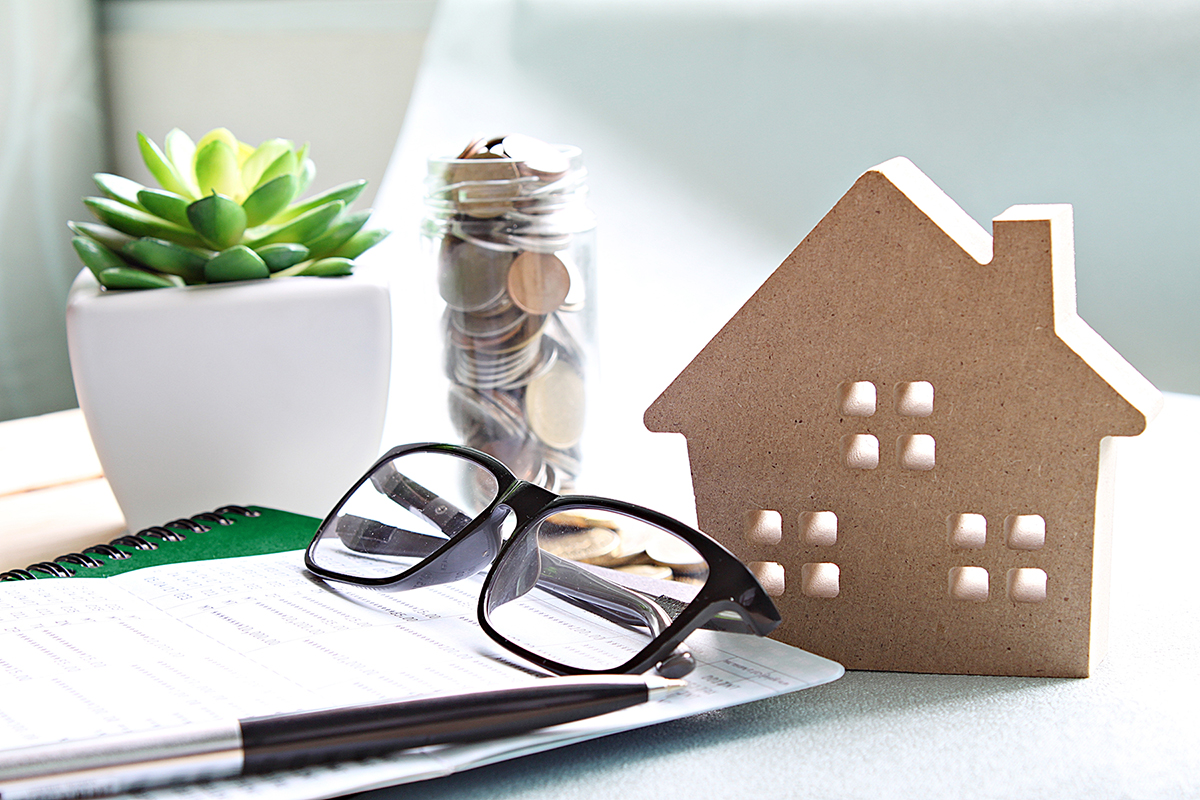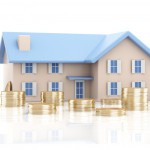Whether you’re buying a home, condo or cottage, Desjardins advisor Patrick Champagne has some exercises for you to make sure your dream doesn’t turn into a disappointment or hassle. “There’s some prep work to do before you start visiting homes and talking loans, rates and mortgage terms.”

What can you afford?
The first order of business is to figure out how much you can afford to spend on a home, which you can determine by using our calculator on desjardins.com. Be as financially realistic as possible.
This calculator considers your household’s gross income and overall financial commitments1, the amount you plan to use as a down payment and the approximate fixed costs of your future home (e.g., municipal and school taxes, condo fees).
Remember that the higher your down payment, the less you’ll have to borrow and the less interest you’ll have to pay. The minimum required down payment is generally 20% of the property’s cost.
However, if your down payment is between 5% and 20%, you’ll have to take out mortgage insurance from Canada Mortgage and Housing Corporation (CMHC) or Genworth Canada. The premium will be between 0.6 % to 4.5% of the mortgage loan depending on the percentage of your down payment. To pay your premium, you can either add them to your mortgage loan or pay them with a lump sum up front.
There are other factors to consider in your planning, like having a child, repaying a debt soon or getting a pay raise. It’s also recommended that you buy a home below your means, so you can keep some room in your budget for unforeseen expenses.
Don’t forget start-up costs!
“All future homeowners should expect to pay a minimum of 3% of the cost of their home on basic start-up costs,” says Champagne.
These include inspection and notary (attorney’s in Ontario) fees and land transfer taxes. For a $300,000 home, this tax would be $2,989. Other costs include moving expenses and hook-up costs (hydro, cable, phone).
The HBP is great!
Do you have RRSPs? Under the Home Buyers’ Plan (HBP), you can withdraw up to $25,000 ($50,000 per couple) to buy your first home! RRSP withdrawals are generally taxed, but not under the HBP. It’s a government program designed specifically to encourage home ownership.
You have 15 years to pay back the money you took out from your RRSPs. You can also borrow to contribute to an RRSP, to buy a home via the HBP. Depending on your situation, it’s a smart move.
Get preapproved
Another important step: apply for a mortgage preapproval, which confirms your ability to quality for a mortgage as well as the quality of your credit. It’s valid for 6 months, so you can have peace of mind while visiting properties in your price range!
Are you mortgage ready?
Champagne suggests starting with the 9 essentials or the Homebuyer’s Guide to find out how to create a budget, assess your borrowing power, access savings solutions, choose your type of property and of course, get mortgage ready.
Follow the guide!
For more on this topic, see our guides, simulators and calculators on desjardins.com/loans.
- Excluding your current rent.
Yann Fortier for Desjardins
Source: www.desjardins.com/co-opme
